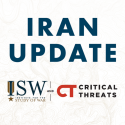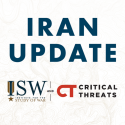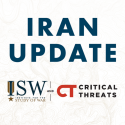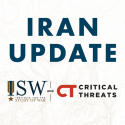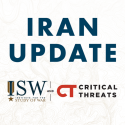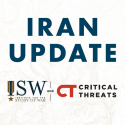The Russia-Iran Coalition Deepens
Jan 28, 2025 - ISW Press
Russia’s 2022 full-scale invasion of Ukraine has fundamentally shifted and intensified the Russo-Iranian relationship. Tehran has leveraged Moscow’s growing material and financial requirements to sustain its war effort to support Tehran’s own domestic and foreign policy objectives. The core of the Russo-Iranian relationship is a mutually binding interest in challenging and eventually overturning the US-led world order. This shared ideological core allowed the Russo-Iranian relationship to weather and survive tensions and challenges that have arisen since 2022, and the United States should not expect this ideological core to weaken in the years ahead.


